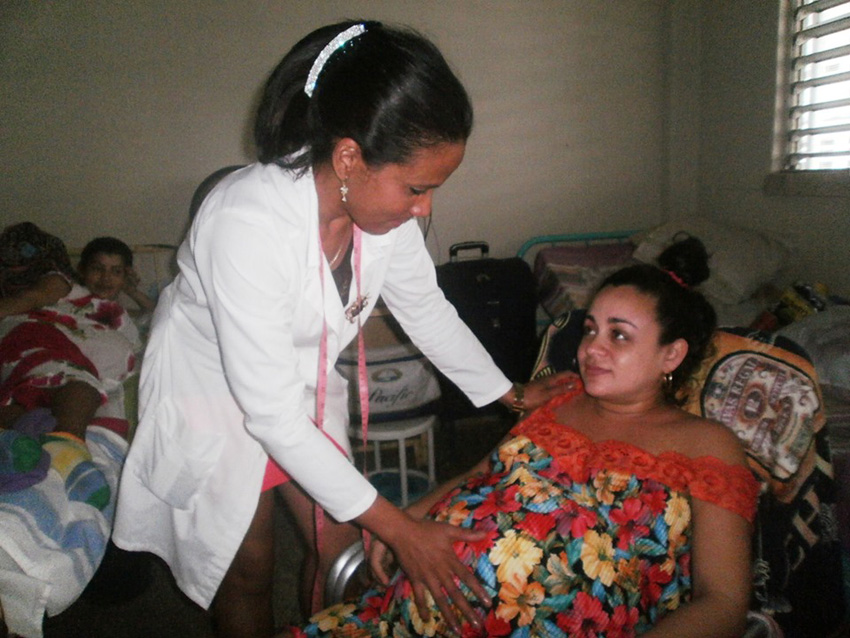
The Maternal and Infant Care Program (PAMI by its acronym in Spanish) closed the first six months of 2023 with an infant mortality rate of 5.7 children under one year of age who died for every thousand live births, which calls on the Council of Government in the province to implement new strategies to achieve better results.
Las Tunas, Cuba.- The high rate of teenage pregnancy stands out in the reality of Las Tunas, as one of the main social problems from which emanate other scourges that threaten the gestational health of mothers and their children. Currently, there are 68 pregnant girls for every thousand between 15 and 18 years of age, with the highest incidence in the territories of Jesús Menéndez, Majibacoa, and Jobabo.
It is also noteworthy that in this period there are 30 more teenage pregnancies than in the previous period, 18 percent for every 100 pregnant women, a fact that reinforces the phenomenon as the main health problem that requires immediate intervention strategies in the communities with the highest incidence.
In this respect, the government called on the Directorate of Education to carry out relevant analyses to determine the causes that influence the high number of pregnant adolescents, so that strategies can be adopted to transform this situation together with the families.
It was also recommended to study the technical indicators of PAMI and work on their transformation. Emphasis was also placed on the adoption of measures to achieve variety and higher quality of food in maternal homes.
There is concern in the province that 11 children have died so far this year, with 243 fewer births than in the same period last year. The municipalities with the highest incidence were Manatí, Jesús Menéndez, Colombia, Amancio, and Las Tunas; while Majibacoa, Jobabo, and Puerto Padre have maintained their infant mortality rates at zero.
The birth rate is 7.8, two points lower than in 2022, while the general fertility rate decreases from 40.4 to 36.4 per thousand women of childbearing age. In the case of the average number of children per woman, which constitutes the total fertility rate, the indicator is below two children per mother.






